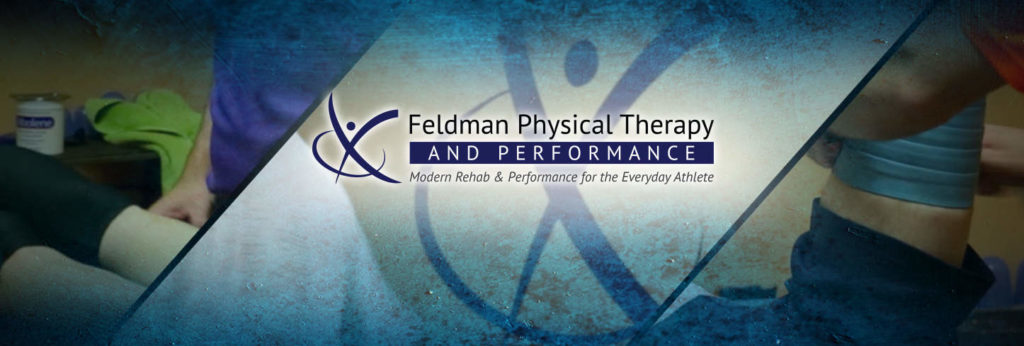One of the most common questions I get from patients who come to me with running or running related injuries is, “How do I pick out the best shoes for me?” Unfortunately the answer to this is not so black and white, and very dependent on your individual goals. However, there are a few simple things everyone should look for when picking a quality running shoe.
Whenever you are looking for shoes there are a few simple things you should do to examine the shoes that will make sure you get a quality shoe regardless of how you plan to use it. The first thing you want to do is take a look at the shoe and inspect it, you want to look for any defects on the inside that might cause a pressure point or irritate you.
The next thing you are going to want to do is take the shoe and place it on a level surface (table works best), and make sure that both the left and right shoe sit flat and level. Sometimes you will see one shoe will balance differently than another, this usually means there is a defect in the construction of the shoe. You might not feel this walking around the store, but over the course of lots of miles it could lead to a full array of injuries because of the unequal stress being placed on your body.
Once you determine the two shoes are identical the next thing you want to do is turn the shoe over and look at the bottom of the shoe, you want to see a straight line from the center of the heel to the center of the toe box. If you look at your foot it is usually relatively straight (with the exception of those with very high rigid arches), you want your shoe to match the shape of your foot, otherwise your foot will need to adapt to your shoe.
Not straight from heel to toe
Straight line from heel to toe
The next thing you are going to look for is the way the heel of the shoe is made. You never want the heel of the shoe itself to extend further back than where your actual heel will sit in the shoe. Why is this? If you think back to high school physics you will remember the further something is from the pivot point the greater force it will exert (think holding the hammer lower on the handle vs higher up by the head). This rule applies to your feet too, so if the shoe extends beyond your heel you will increase the force your body puts on the ground, and therefore the force the ground places on you. This will often lead to shin splints, and knee pain.
Extended heel
Good heel construction
The last thing you are going to look for is where the shoe flexes when you bend it. If you hold the show at the toe and heel and attempt to bend it in half the shoe shouldn’t bend in half it should actually bend closer to the toe section (where your foot actually bends).
If your shoes pass all five of these tests you will know you have a well made shoe that will help you reach your goals.
